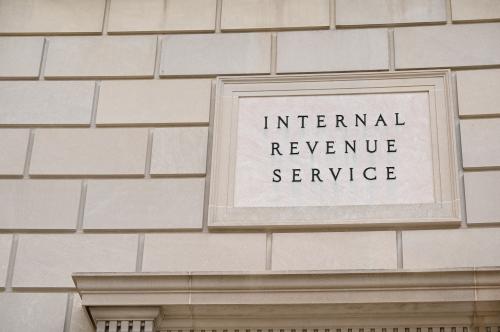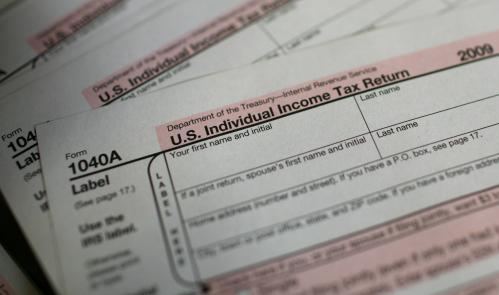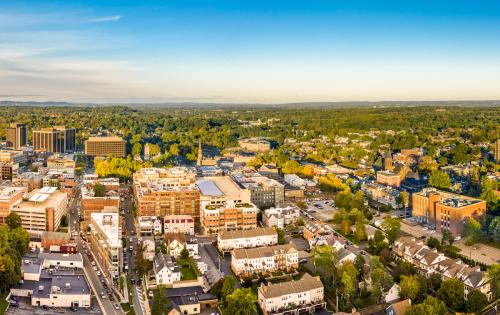“Stocks closed higher today amid brisk trading…” On the radio, television, in print and online, news outlets regularly report trivial daily changes in stock market indices, providing a distinctly slanted perspective on what matters in the economy. Except when they shift suddenly and by a large margin, the daily vagaries of the market are not particularly informative about the overall health of the economy. They are certainly not an example of news most people can use. Only about a third of Americans own stock outside of their retirement accounts and about one in five engage in stock trading on a regular basis. And yet the stock market’s minor fluctuations make up a standard part of economic news coverage.
But what if journalists reported facts more attuned to the lives of everyday Americans? For instance, facts like “in one month, the richest 25,000 Americans saw their wealth grow by an average of nearly $10 million each, compared to just $200 dollars apiece for the bottom 50% of households”? Thanks to innovative new research strategies from leading economists, we now have access to inequality data in much closer to real time. Reporters should be making use of it.
The outsized attention to the Dow Jones and Nasdaq fits with part of a larger issue: class bias in media coverage of the economy. A 2004 analysis of economic coverage in the Los Angeles Times found that journalists “depicted events and problems affecting corporations and investors instead of the general workforce.” While the media landscape has shifted since 2004, with labor becoming a “hot news beat,” this shift alone seems unlikely to correct the media’s bias. This is because, as an influential political science study found, biased reporting comes from the media’s focus on aggregates in a system where growth is not distributed equally; when most gains go to the rich, overall growth is a good indicator of how the wealthy are doing, but a poor indicator of how the non-rich are doing.
In other words, news is shaped by the data on hand. Stock prices are minute-by-minute information. Other economic data, especially about inequality, are less readily available. The Bureau of Labor Statistics releases data on job growth once a month, and that often requires major corrections. Data on inflation also become available on a monthly basis. Academic studies on inequality use data from the Census Bureau or the Internal Revenue Service, which means information is months or even years out of date before it reaches the public.
But the landscape of economic data is changing. Economists have developed new tools that can track inequality in near real-time:
- From U.C. Berkeley, Realtime Inequality provides monthly statistics and even daily projections of income and wealth inequality — all with a fun interactive interface. You can see the latest data and also parse long-term trends. For instance, over the past 20 years, the top .01% percent of earners have seen their real income nearly double, while the bottom 50% of Americans have seen their real income decline.
- The State of U.S. Wealth Inequality from the St. Louis Fed provides quarterly data on racial, generational, and educational wealth inequality. The Fed data reminds us, for example, that Black families own about 25 cents for every $1 of white family wealth.
While these sources do not update at the speed of a stock ticker, they represent a massive step forward in the access to more timely, accurate, and complete understanding of economic conditions.
Would more reporting on inequality change public attitudes? That is an open question. A few decades ago, political scientists found intriguing correlations between media coverage and voters’ economic assessments, but more recent analyses suggest that media coverage “does not systematically precede public perceptions of the economy.” Nonetheless, especially given the vast disparities in economic fortune that have developed in recent decades, it is the responsibility of reporters to present data that gives an accurate and informative picture of the economy as it is experienced by most people, not just by those at the top.
And these data matter for all kinds of political judgments, not just public perspectives on the economy. When Americans are considering the Supreme Court’s recent decision on affirmative action, for example, it is useful to know how persistent racial disparities remain in American society; white high school dropouts have a greater median net worth than Black and Hispanic college graduates. Generational, racial, and educational inequality structure the American economy. It’s past time that the media’s coverage reflects that reality, rather than waste Americans’ time on economic trivia of the day.








Commentary
Economic data should be relevant to everyone, not just the super-rich
July 12, 2023